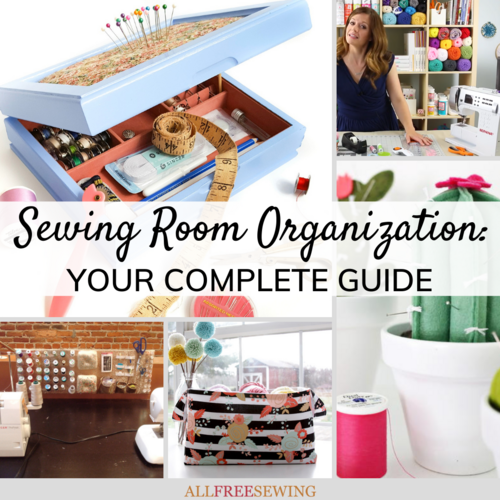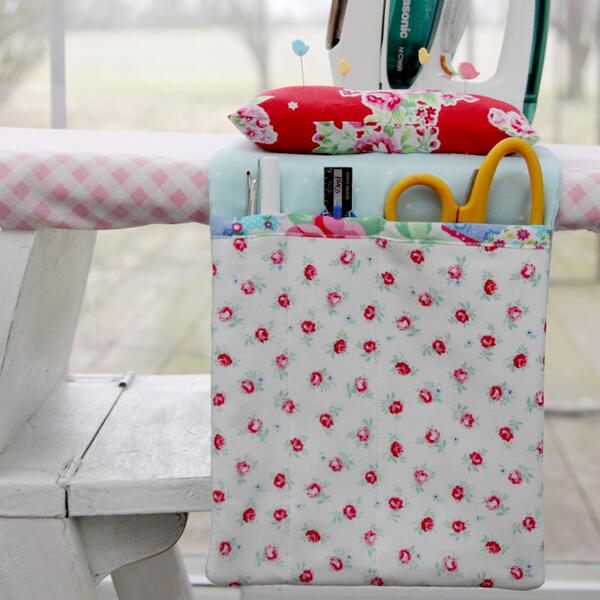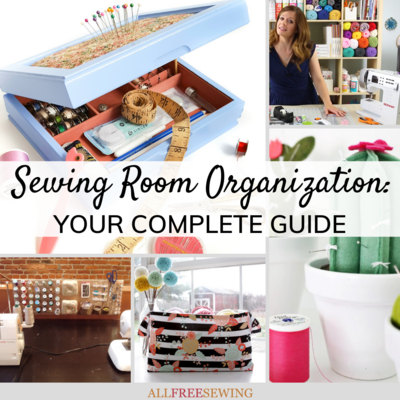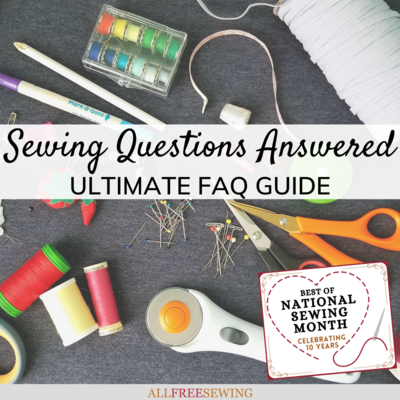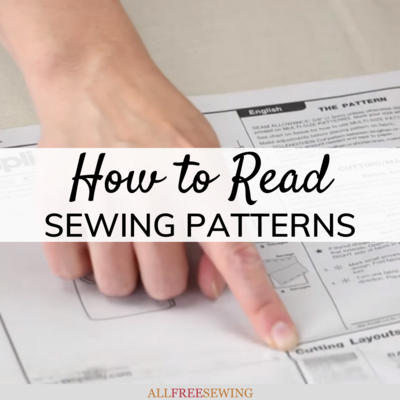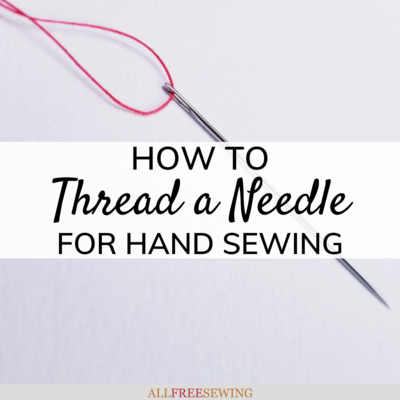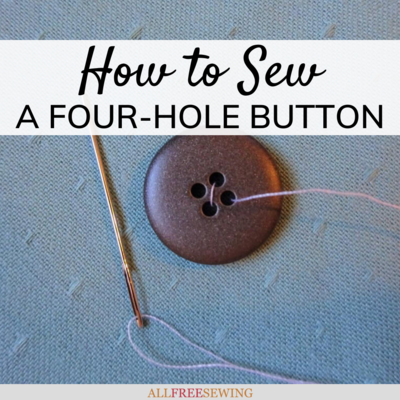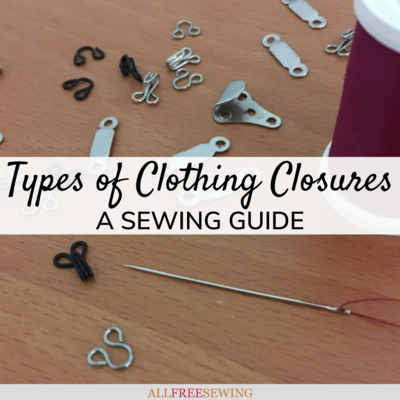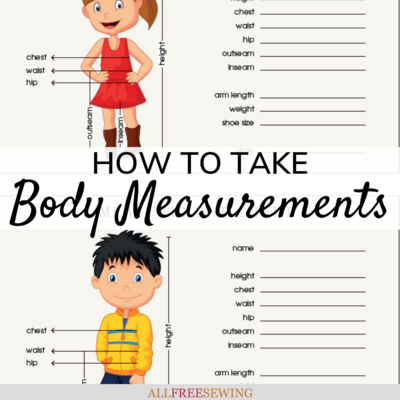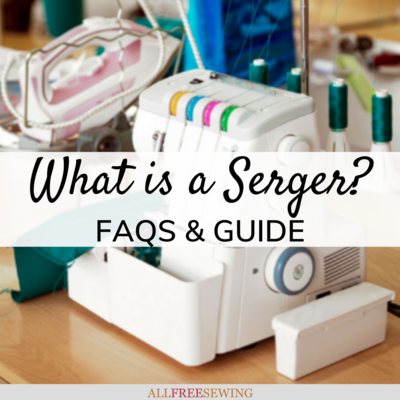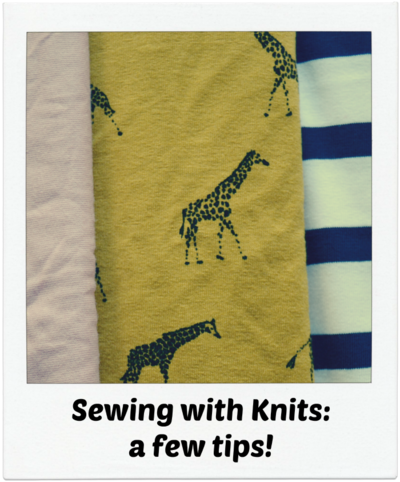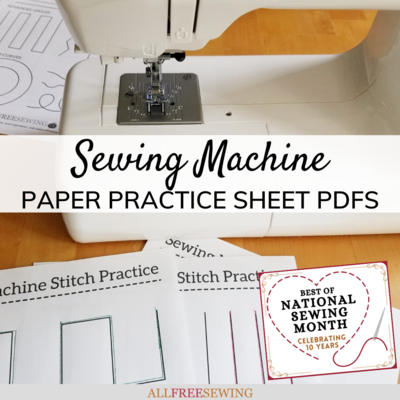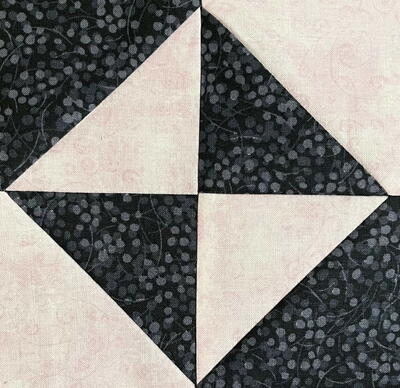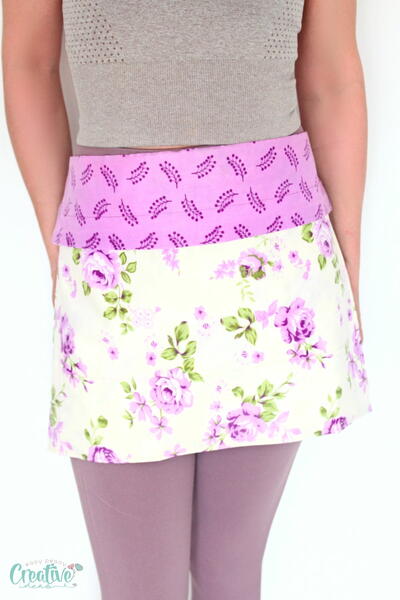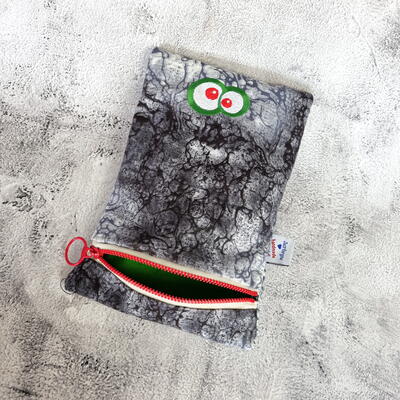Sewing Room Organization: Your Complete Guide
Get your sewing room in tip top shape with this list of easy sewing room organization ideas!
Learning how to sew is one thing, learning how to organize your sewing room and design your sewing space comes with a whole set of new problems.
With sewing comes all of the sewing accessories and the more you sew the more stuff you acquire!
Without the proper sewing room organization plan or layout in place, you can easily turn your craft room into a disaster scene with fabric, pins (ouch!), scissors, scraps, and a very frustrated sewist all swirling around.
You will see why organizing your sewing room leads to a lot more freedom and relaxation while working. From what every sewing room needs to smart tips on how to store things, Sewing Room Organization: Your Complete Guide is about to change your life.
We understand that you love sewing and you might not love organizing. That is why we are bringing you these awesome tips on how to organize your space.
This full-length article on sewing room organization has everything you need for making your space pristine and keeping your sewing space ready to go at all times.
Sign Up For More Free Patterns >>>
Table of Contents
What You Need to Organize Your Sewing Room
Every sewing room is different and will most certainly depend on your personal sewing style and budget. Sewing room organization varies immensely from room to room and from sewist to sewist. Quilters, for example, will need much more room for cutting and a longer sewing table as they work on big projects.
If you are planning on making bags, dresses, and small sewing projects, a smaller space is pretty easy to manage. That being said, there are some things every single sewing room is going to need. So, before you even start to organize and layout our sewing room organization ideas, make sure you have these essentials.
- A Desk or Table for Your Sewing Machine: This one seems pretty obvious, but it is a total must-have. Pick a desk that fits in your space, has enough surface area for you to work on your machine, and is at the right length.
Much like a computer desk, you sit at this for a long period of time so make sure the height is comfortable. In fact, a computer desk is the perfect table to use for this. Something that comes with some extra drawers can be super helpful, too!

- Somewhere to Cut Fabric: Oftentimes, your sewing desk can do double duty for this, but you will want to make sure you have space to cut. Cutting is one of the most basic parts of making a sewing project, and you want to make sure you have the room to do it comfortably and accurately.
If you are planning on making a ton of quilts, consider buying a large table to fasten a cutting mat on top of. This will save you a lot of bending and moving in your space. This table is also a great place to pin projects. Sewing room organization means organizing your tasks as much as it means organizing your space.
- A Comfortable Chair: You are going to be sitting for a long time, so make sure where you are going to be seated in comfort. Additionally, make sure it is stationary. Skip those extra-comfy desk chairs with wheels on the bottom. You don’t want to skid away from the machine and mess up your project or, worse even, end up hurting yourself.
- Close-By Supplies: We will talk later about how to store, organize, and contain all of your sewing clutter, but there are certain things you are going to want close by. Create a wall-hanging organizer, pegboard, or even a movable sewing basket that holds your scissors, seam rippers, measuring tape, most-used threads, bobbins, pin cushions, etc.
- Organization Unit: Depending on your space, you are going to want to buy some drawers, a bookshelf, or other storage units to contain your clutter. Make sure you have a safe and secure place to store fabric you are not using as well as old patterns.
How to store fabric in your sewing room is a personal decision depending on how you work, but you can always test out different ideas. But, we know that if you give everything a home in your craft room, you will eliminate clutter and feel at ease.
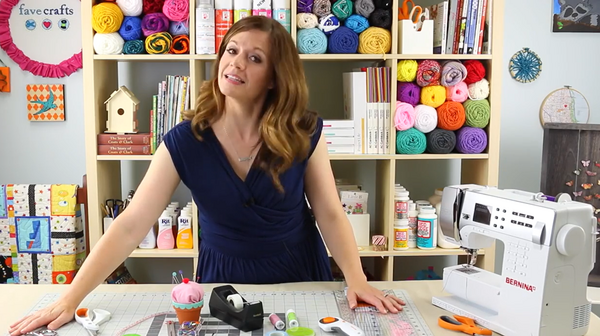
How to Create the Perfect Sewing Room Layout
Sewing room organization surprisingly relies pretty heavily on how you layout your space. You want to make sure you have a space that works well with your sewing style as well as a space that uses what you have available smartly.
Make sure you have the perfect place for your machine as well as somewhere to cut. It will often serve you well to try and compact tasks into one space.
Make sure everything you need for your machine is close-by and you are not wandering to and fro. Additionally, make sure you dedicate enough space and proper placement for organization. Whether you decide to fold, file, or tuck away fabric, give it enough space in your room so new prints do not end up sitting in bags on the floor.
Additionally, we recommend investing in a file folder or other office supply organizer to stow away old patterns.
Sewing room layouts often feature a desk against a wall for the machine, a bigger table at the middle for cutting and laying out fabrics, and storage and shelves along another wall. This traditional layout tends to work well for many sewists, but you will have to find one you enjoy the most.
Consider how you tend to sew and what you like to do. If you hate moving around a lot, contain everything in a smaller space. If you’re someone who needs to get up every once and a while, a more open space might be better.
The size of your space matters, as well. If you are forced to contain sewing to a corner or a room or closet, consider adding things like a Murphy table (one that folds down) or dedicating an ironing board for cutting fabric.
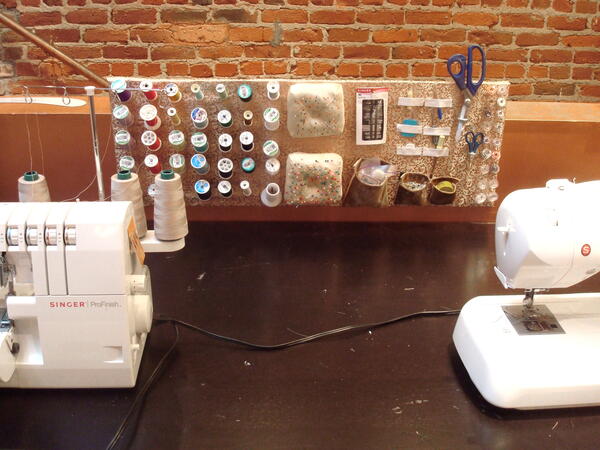
Sewing Room Organization and Storage
Storage is one of the most important parts of efficient sewing room organization. Without the proper place to store things, your room will turn into a messy space in a matter of minutes.
Your storage will, like most things, depend on your space and what you plan on making. Quilters will need dedicated spaces for larger pieces of fabric, batting, and other supplies, requiring several shelves.
Sewists can often get away with a small shelf for their folded fabric and a few binders to stick folded patterns into. In order to design your perfect sewing room organization plan, sit down and think about what you will actually have in your room and where it will go.
It is also important and insanely helpful to find storage that does double duty! Find a middle table that has storage underneath in order to tuck away fabric and extra supplies. You can also use pieces like a filing cabinet to file patterns as well as fabric.

Sewing Room Organization: Final Notes
There is no perfect way to organize your sewing room. Your perfect sewing room organization plan is defined entirely by how you will use the room and the space available. If you have a whole room to dedicate to the craft, you can easily fit anything and everything you could possibly need.
If you are tucking it away in a smaller apartment, you will need to cut some corners and make sure you have your must-haves.
The only thing you absolutely need to do is find a space and layout that works for you! Your sewing space should be a relaxing haven where you can catch some serious stitching zen, not a cluttered mess that stresses you out when you step in.
As long as you ensure that everything has a place to go, stay organized, and clean up after yourself, your sewing room will quickly become your favorite room in the house!
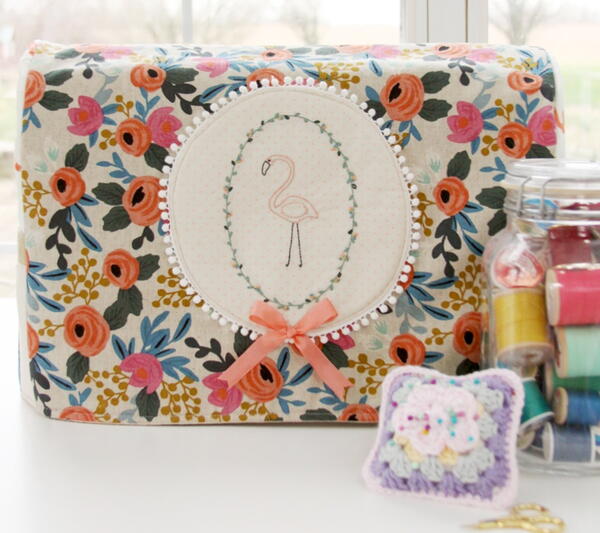
DIY Sewing Room and Machine Organizers
Want More?
20+ Pocket & Hanging Wall Organizer Patterns >>
How do you organize your sewing room?
Leave your tips in the comments!
Read NextHow to Take Body Measurements
Your Recently Viewed Projects
koffeesam
Mar 23, 2019
Found an old used sewing table with drawers in it. Raised the table to standing height and use the heck out of it for cutting lay out and pinning. Drawers are full of all things sewing. Scrounged a broken sewing table with drawers for the machine and use it for all machine related items.. Always go to Estate Sales and hit the garage sales. You can find all kinds of storage.
marygretticoakley 4765668
May 22, 2018
Love the idea Sewing Room Organization I really need it I do not have a system how do I download this please?need some pointers.Thank you Mary
Marilyn B
Jan 15, 2017
Some great suggestions and comments! Storing fabric on the original boards is a great suggestion. I have some on the sturdy rolls also. I found a flip storage container for my threads, I sort by color and type and I can carry it around if needed. Since I don't have a large area, I use padded cutting boards near my machine to iron as I go. I sort buttons by color and type into bags and those go into colorful tins which I keep out as they are pretty, and I have a pretty button jar or in snap top totes. Thanks for all the great sewing organization tips!
Ask93 7929298
Nov 23, 2016
I am ready to read the rest of this "Sewing Organization Your Complete Guide", and its contents. I really need to read this as my once cozy sewing room has become such a cluttered space, due to my many interests in all crafting and art-making . I look forward to reading all the Guide has to offer. From Reading this introduction I am impressed with the quantity that is already discussed. The information is so practical, and a good reminder to the seasoned sewer. I like that there is so much more information available, according to the table of contents.
zengirl41
Jun 07, 2016
I store my fabric on the cardboard fabric rectangles like at the fabric store Joanns will give them to you for free You have to catch them at the right time earlier in the day before they put them in the recycling bin Just ask for them at the cutting desk I have gotten dozens of them and I just wrap the fabric around them This keeps them from getting permanent creases and folds Then I put them inside cabinets I bought from Target acquired bit by bit I just left the shelves out of them and the fabric stands up perfectly I never leave my fabric out in the open where it will become covered with dust and bleached discolored from the sun I keep them grouped together by color I save my heavy duty cardboard tubes from aluminum foil and seal-a-meal rolls and wrap my fat quarters around them…Read More You never want to fold fabric if you can avoid it unless you are truly going to use it within a couple of months You will get discolorations over time In addition Ihave gigantic Costco clear plastic snack jars with screw on lids which I put small scraps in I make a lot of doll clothes so those small scraps do get used I organize these by color Sometimes it is hard to pick just one color though on prints A lot of people say they get inspired having their fabric sitting out in the open But I have had beautiful fabric ruined this way I just open the cabinet doors for my inspiration You could also get cabinets with glass doors But I couldnt afford that I may switch over to it at some point But for now I would rather spend my money on fabric and pretty trims I also use the cardboard rolls for my trims and laces I wrap the laces trims etc around the tubes and secures with frog tape I put the tubes in some long clear plastic cake boxes leftover from birthday and bakery purchases I store my notions pins sewing machines feet and supplies etc in tackle boxes Akro-Mils Plastic Portable Hardware and Craft Parts Organizer Large Blue and also the ArtBin Double Deep With Removable Dividers for my taller items like cone thread BestIdeaEver
Report Inappropriate Comment
Are you sure you would like to report this comment? It will be flagged for our moderators to take action.
Thank you for taking the time to improve the content on our site.

